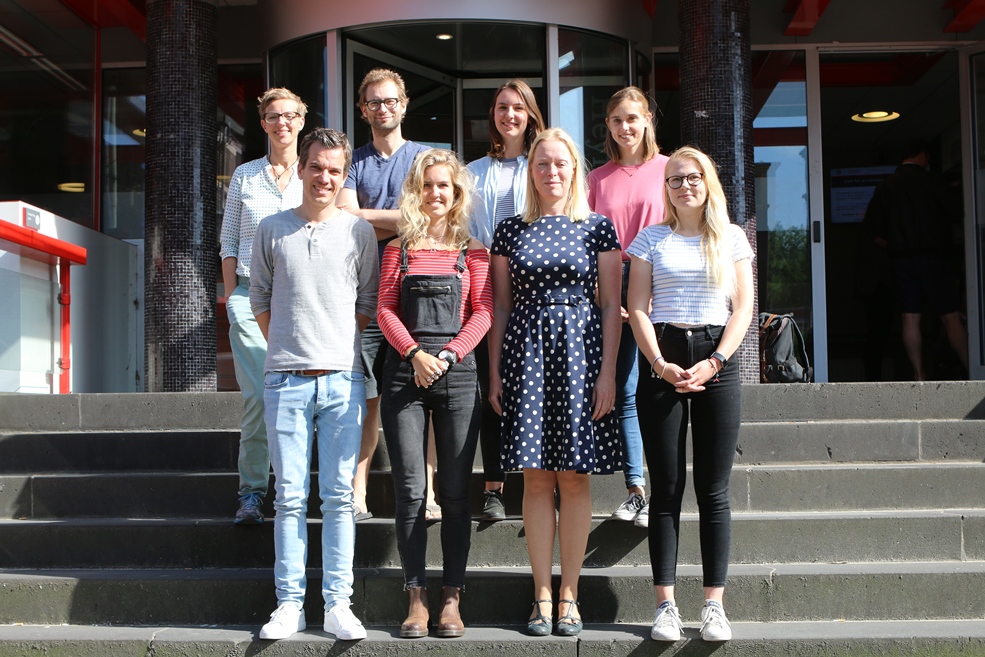
Flipping Classrooms
The teacher did not lecture today. The room was filled with students eager to learn about what the boundaries of Psychology were. Everyone was focused on the speaker as always, but the speaker today was not the teacher. Instead, it was another student, who had prepared a short presentation about the topic. The classroom had been flipped.
In this course, students were expected to hold a discussion about a given paper. They had to present the main points of the paper, and then ask questions to the other students to stimulate discussions. More often than not, the discussions became engaging debates about topics ranging from what constituted as the self, to what caused the split between Social Psychology and Applied Social Psychology. At times, these discussions got heated, with more raised hands each time a student said something. The discussions became so engaging that, often the speaker had to intervene so that other papers could be discussed as well. Through this different interaction in class, students learned about the papers and topics they were assigned to – beyond just reading them and gaining knowledge but by critically reflecting and applying this. This learning approach was engaging students differently – it did not feel like work.
- Good practice examples in the psychology programs
I am a student member of the educational committee in psychology. In the discussion of the course evaluations in our committee, we have seen that several lecturers are implementing flipped-class rooms in their teaching. This style of classroom teaching is part of a growing number of innovative teaching styles. There are courses within the Behavior and Social Sciences Faculty that already implement them, for example Boundaries of Psychology by Jeremy Burman, Environmental Psychology by Prof. Linda Steg, and Designing Interventions by Dr. Ellen van der Werff. These courses have the advantage of having smaller classrooms – around under 30 students – or they split up a larger lecture group in smaller groups. If they can be applied, they lead to more student engagement. Teachers guide students towards understanding the meaning behind the material.
- How could a teacher implement a flipped classroom approach?
The classroom approach has three aspects. The first aspect is to have instructional information – information normally presented by the teacher to the students – given outside the classroom. This is usually uploaded and accessed online. Such information can come in the form of online videos, journal articles, or research papers. Teachers can lead the learning process by guiding students which reading questions or asking for a short assigned to reflect on the study materials. The most important thing to know is that information that is normally expected to be transmitted by the teacher is now the student’s responsibility to learn.
Aside from learning the information, students are also expected to do other things outside the classroom. This is the second aspect: discussion and research outside of the classroom. A forum or discussion board is set up somewhere online and students are expected to contribute to the discussion board. Teachers can, for instance, ask a question on the discussion board, and tell the students to answer it before the next class. For example, in the course Boundaries of Psychology, students write a detailed summary on the paper they are assigned to.
- What kind of activity to choose within the classroom?
During class, the teacher is more concerned with getting the student to engage in concepts and meaning. Teachers can do this through a variety of activities. For example, they can assign students topics to give presentations on for other students, as is done in Boundaries of Psychology. Teachers can also assign problems or projects to do, allowing for a more hands-on approach to learning; as done in Environmental Psychology. Or they can analyze a recent social conflict or movement and apply social psychological theorizing to understand intergroup relations in society, as done in Personal and Societal Change. Whatever it is the teacher decides to do, the goal is to have the students to understand and apply academic concepts in a discussion with each other.
The flipped classroom approach is an innovative style of teaching that centers around the students’ engagement. Students learn the required information in their own time, and discuss the topics and ideas on their own time as well. Inside the class, they will apply the information they have learned to understand the meaning and concepts behind the information. Students have mentioned in the course evaluations that they enjoyed this learning approach and gained a deeper understanding of what they have learned. So, for those teachers who want to create more engagement for their students, go ahead and flip your classrooms.



